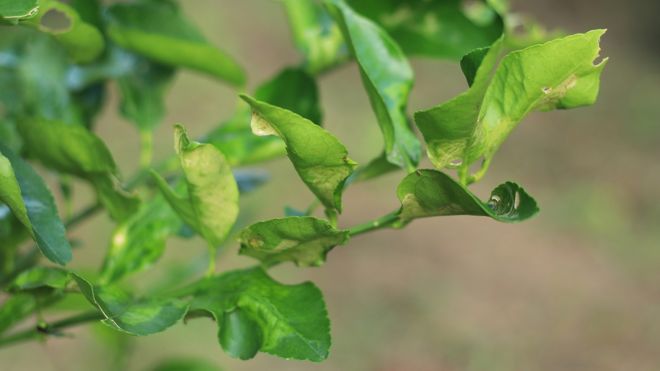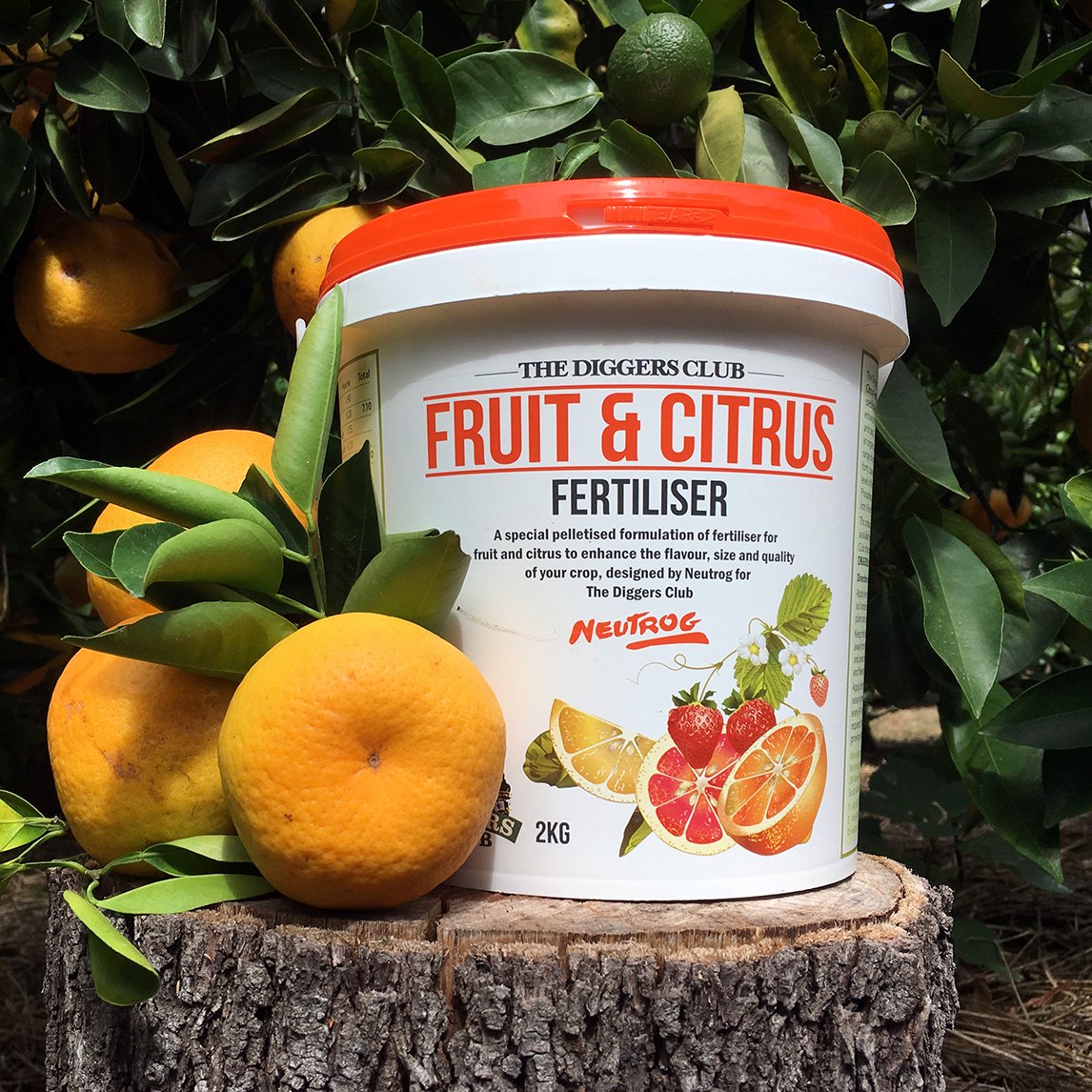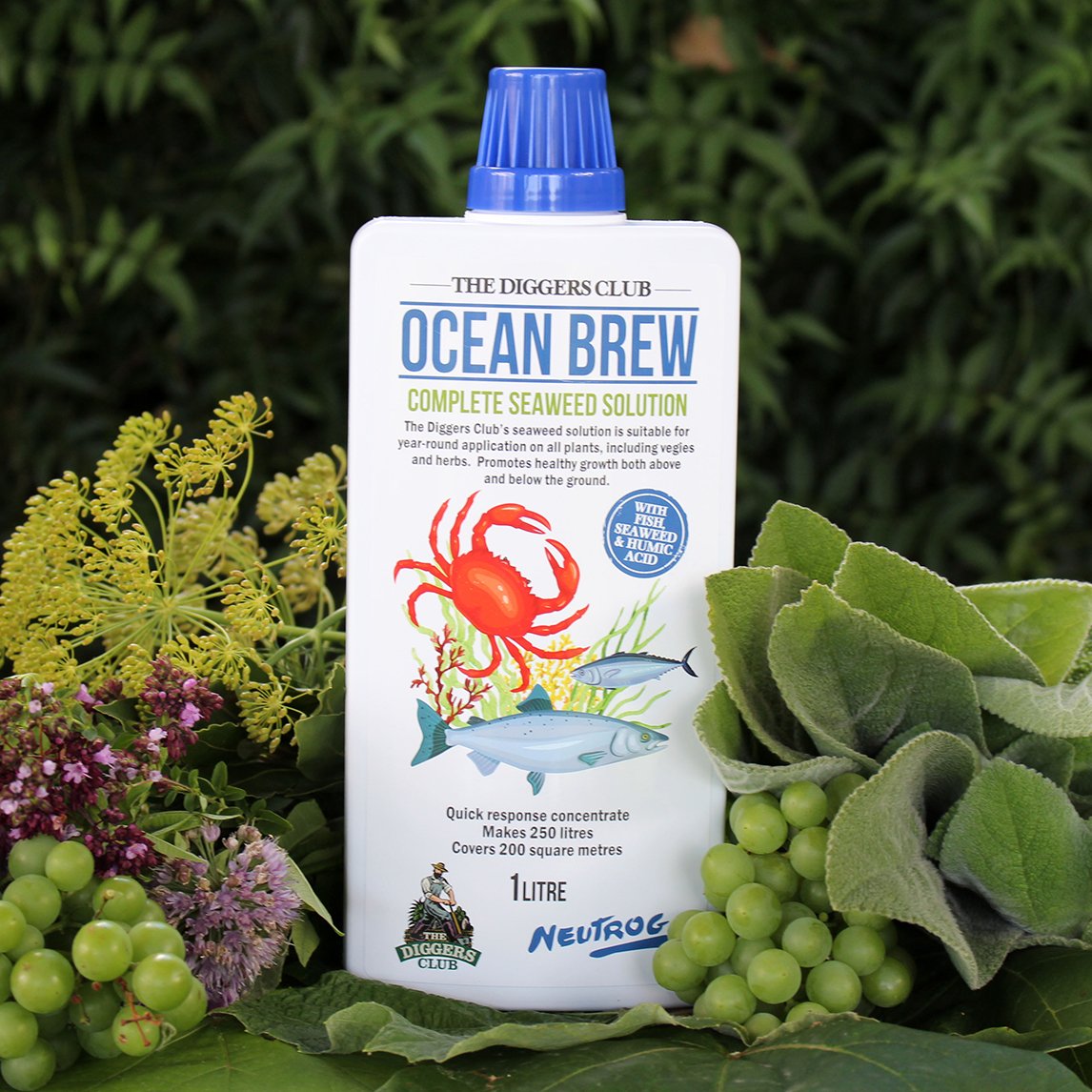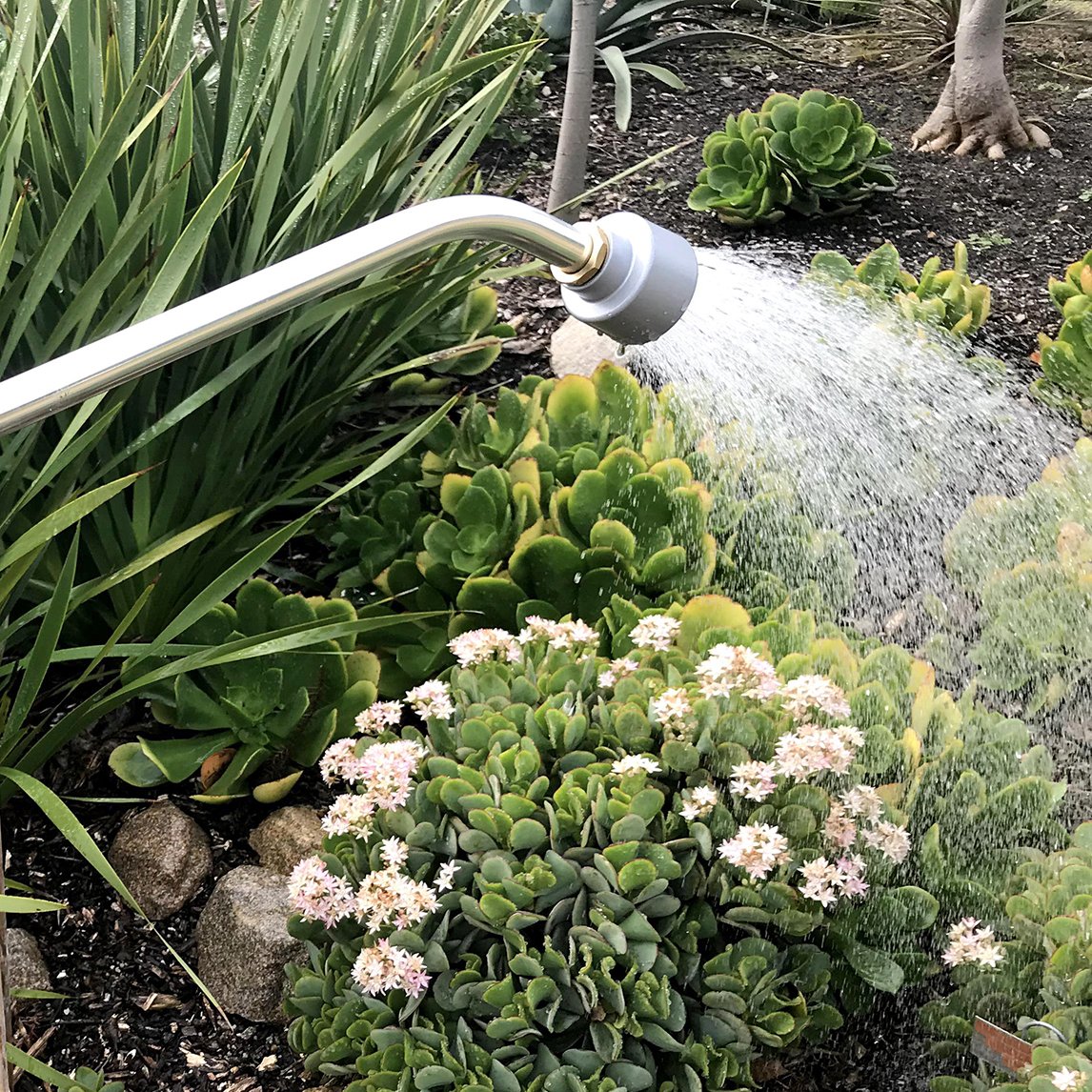
What is Citrus Leaf Curl?
Leaf curl is a disease caused by the fungus Taphrina deformans. It affects the blossoms, fruit, leaves and shoots of peaches, ornamental flowering peaches, and nectarines, and is one of the most common disease problems for backyard gardeners.
Fungal spores reside in the tree’s bark and leaf bud scales. When the tree breaks bud, with new leaves in spring, the new growth gets reinfected and the cycle repeats.
What are the symptom of leaf curl?
The main symptom is red pimple-like deformations on young leaves, which as they grow becomes unsightly. The fungus reduces the tree’s ability to photosynthesise and fruit abundantly. Leaves finally turn brown, shrivel, and drop from the tree. Fruits may drop early or turn reddish-purple with warty growths on the outer surface.
How to treat leaf curl
Fortunately, treatment is relatively simple. Spray your tree with a copper hydroxide spray in late winter, or early spring when you see the buds start to swell or at bud burst, thoroughly spraying the tree’s bark as well as leaf buds.
Timing is everything! Once leaf-tips appear it’s too late to do anything. For trees that are severely infected, a second application is required in autumn, once all the leaves have dropped.
What happens to untreated leaf curl?
If you don’t treat your trees, then you’ll get reduced yields and the fruit you do get will be small and deformed. Trees which are infected will carry the disease all season and should be given extra care to help them cope.
Regular applications of Seasol will help improve the vigour and health of the tree.
Other organic controls are to apply copper oxychloride or Bordeaux mixture, bagging and binning any affected leaves or fruit and choosing resistant varieties.
Always ensure good garden hygiene, cleaning any fallen leaf litter that can harbour spores and improve plant health with regular watering and fertiliser applications.
A healthy plant is better able to defend itself against pest and disease.





